Traveling to Korea presents a fascinating opportunity to explore a nation with a rich historical tapestry, cutting-edge technology, and vibrant popular culture. However, are the cities of South Korea safe to visit?
I lived in Korea for over 3 years, and the geopolitical dynamics of the Korean Peninsula have often raised questions about stability and travel advisory statuses, especially with the martial law and other catastrophes in 2024. But allow me to put all that to rest below.
While South Korea is famous for its welcoming atmosphere, top-notch infrastructure, and low crime rates, attracting tourists and business travelers, being so close to its northern neighbor means it's smart to stay aware of any regional tensions.
Luckily, the U.S. State Department regularly updates travel advisories, helping travelers plan travel to South Korea safely by recommending familiarity with cultural practices, local laws, and emergency procedures.
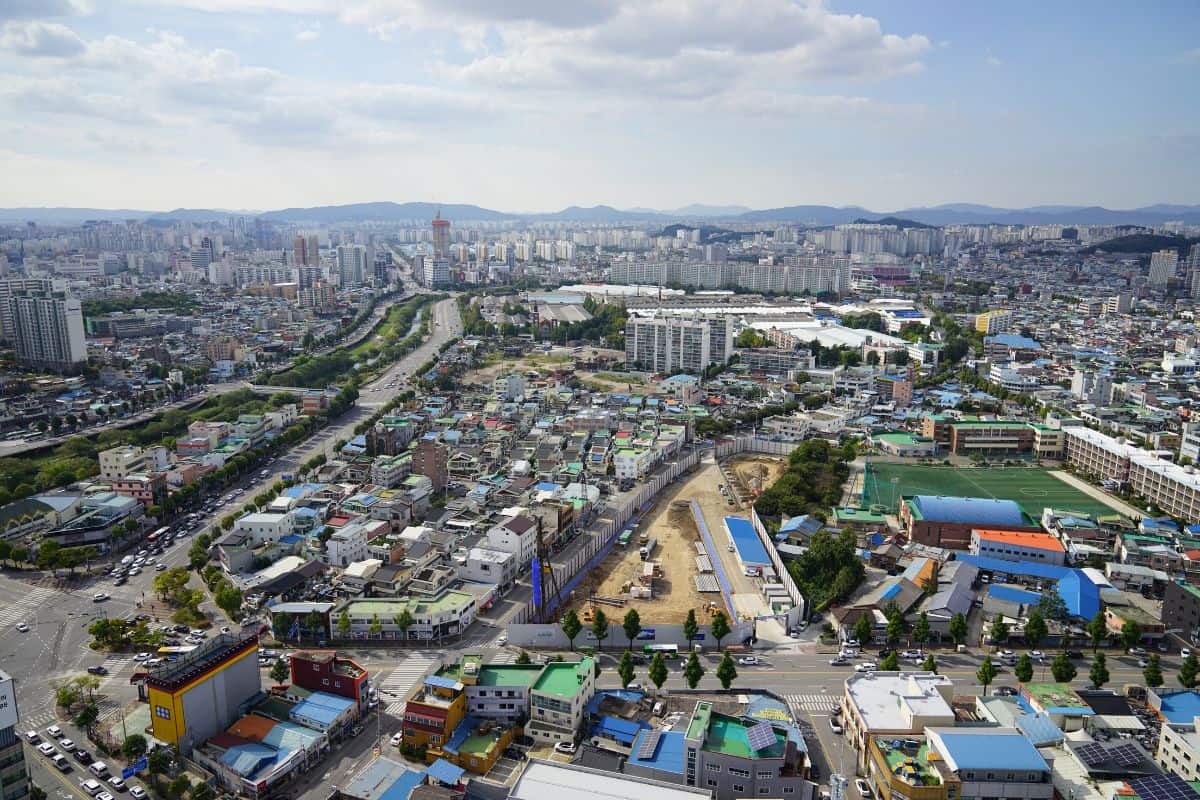
Jump to:
- 🗯️ Current Safety Overview
- 🧑⚕️ Health and Medical Information
- ✈️ Travel and Transportation Tips
- 🪪 Visa and Entry Requirements
- 🧑🏽⚖️ Cultural Norms and Local Laws
- ⚡ Natural Hazards and Weather Conditions
- 🧳 Travel Insurance and Emergency Services
- ✅ Safety Tips for Specific Groups
- ❓ Frequently Asked Questions
- 💬 Comments
🗯️ Current Safety Overview
Political Climate
South Korea’s political landscape is stable, although there is ongoing tension with North Korea. Despite periodic escalations, the risk from this tension for tourists has historically been low, with issues typically handled at the diplomatic or military level and far from tourist spots.
However, travelers should always stay informed of local and international news and sign up for alerts from their respective embassies to receive updates on any evolving situations.
Crime Rates and Safety
Crime in South Korea is generally very low compared to other countries, with particularly low violent crime rates and rare incidents involving tourists.
Although petty theft, such as pickpocketing, exists, it can be avoided with standard precautions like keeping valuables secure and being aware of one’s surroundings, especially in crowded tourist areas.
Here is a breakdown of safety considerations:
- Violent Crime: Very low, uncommon for tourists - all fire arms are outlawed on the peninsula, heavily limiting violent crime rates.
- Petty Theft: Occurs but can be prevented with vigilance and minimal precautions.
- Police: Well-regarded, with a visible presence, especially in urban centers.
- Travel Advisories: Current advisories suggest exercising normal precautions.
🧑⚕️ Health and Medical Information
Pandemic Updates
Currently, Korea has lifted its travel restrictions related to the COVID-19 pandemic. However, travelers should still check for the most recent updates from the Korea Disease Control and Prevention Agency.
COVID-19 testing is not required for entry, but facilities for testing are available if needed for onward travel to other countries.
Vaccinations and Diseases
Under normal circumstances, no specific vaccinations are required for entering South Korea. Nonetheless, it's advised byt the State Department to visit a healthcare provider at least 1 month before departure to obtain any routine vaccines.
For detailed health recommendations, travelers can refer to the CDC’s guidance for South Korea.
Local Health Care Services
South Korea boasts a high standard for hospitals and clinics ,with readily available services in case of emergency - I'vemade use of this myself when my sister needed emergency room services the day after she arrived to visit me in Korea, and we had a very positive experience.
But travelers are advised to understand the import regulations on medications, as some, including narcotics-containing medication, are prohibited. For those requiring certain such prescriptions, a written application to the Ministry of Food and Drug Safety is necessary before traveling.
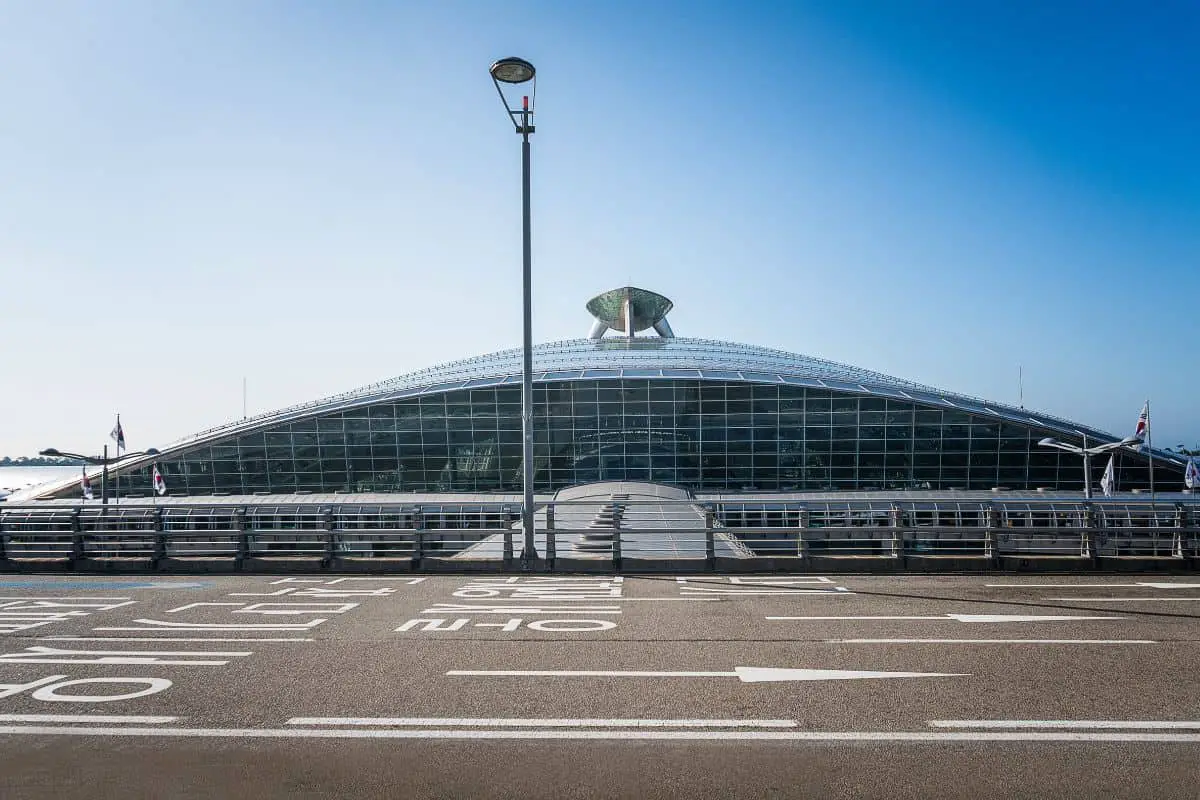
✈️ Travel and Transportation Tips
Public Transportation
Korea boasts an extensive and reliable public transportation system, especially within major cities like Seoul and Incheon, where the Seoul subway system is often the fastest way to travel, featuring clear signage in both Korean and English. Buses complement the subway network, providing access to destinations not covered by the subway.
To use public transportation easily, you can purchase a T-Money card, a rechargeable travel card accepted on buses, subways, and even taxis.
- Subways: There are multiple lines connecting all the neighborhoods in Seoul and surrounding areas.
- Buses: Operate on regular schedules and provide access to more remote areas out of the subway’s reach.
Driving and Car Rentals
Travelers considering driving in Korea should be mindful of heavy city traffic, especially in Seoul, while renting a car can offer the flexibility to explore more rural areas at one's own pace. International travelers will require an International Driving Permit to rent a car in Korea.
- Car Rentals: Available at all airports and major cities; Lotte Rental Cars is the most reliable in my experience.
- Driving Tips: Road signs are in both Korean and English; however, GPS systems are invaluable for navigation, especially for non-Korean-speaking visitors.
Navigation and Maps
Efficient navigation is key to enjoying Korea’s dynamic cities and scenic countryside, with digital maps and GPS devices widely used and often available in English for convenience, providing real-time traffic updates and warnings for traffic cameras that are particularly useful for city travel as well as more rural areas.
- Digital Maps: Map applications such as Naver Maps or KakaoMap, provide the most detailed information, and are my top recommendation.
- GPS Devices: Typically available with car rentals, generally in English, Mandarin, Japanese, and of course Korean.
🪪 Visa and Entry Requirements
Visa Policies
Travel to South Korea for U.S. citizens is currently visa-free for short-term stays, including tourism and business, but passports must be valid at the time of entry. You also need something called a K-ETA, even if you would have been given an electronic visa before 2021.
For travelers from other countries or those planning longer stays, obtaining a visa may be necessary, especially for stays over 90 days for purposes such as work or study. This visa almost always needs to be obtained from a Korean embassy or consulate before traveling.
Passport pages should have adequate space, as at least 1 blank page is required for entry stamps.
K-ETA and Q-Code
The Korea travel requirements, introduced to streamline entry into Korea, is not required for American citizens within the stated visa-free period. However, travelers who do need a K-ETA should obtain it at least 72 hours before traveling, and once approved, it is valid for 2 years.
Upon arrival, visitors may need to present a Q-Code, part of Korea's health declaration and contact-tracing initiative, which simplifies the process by allowing travelers to enter their health information before departure.
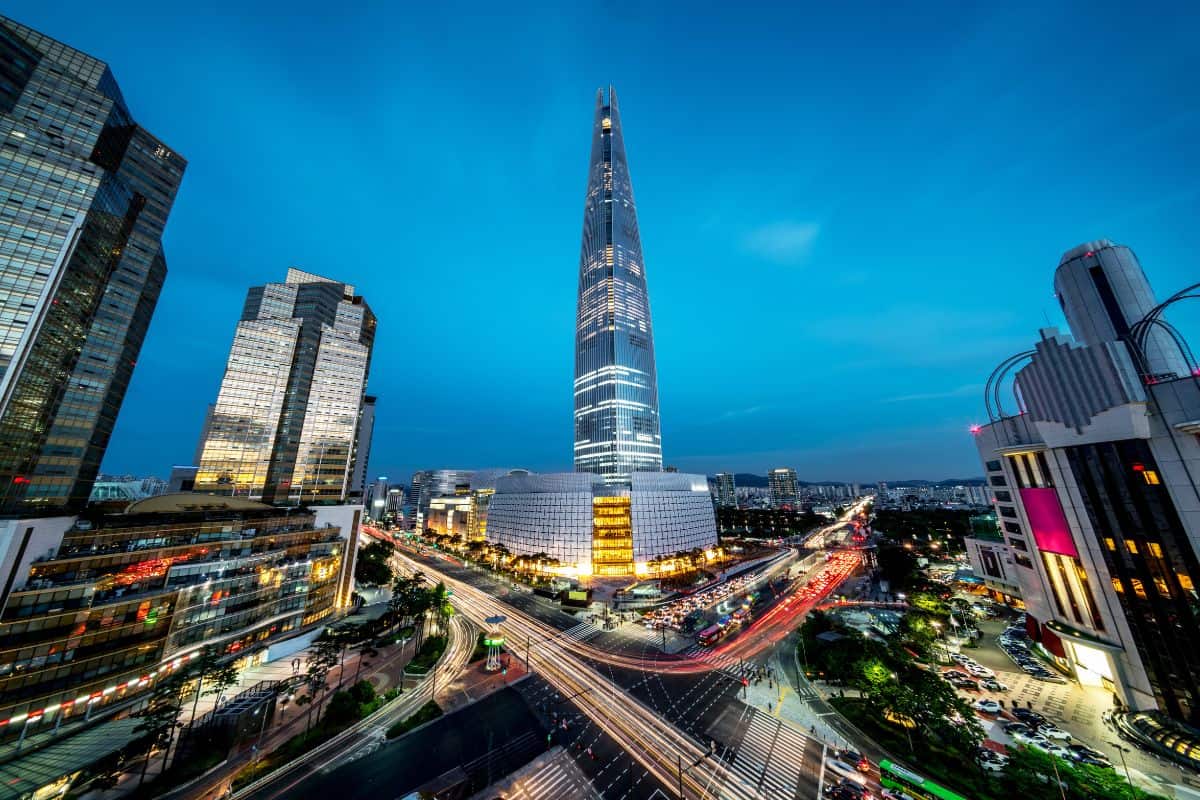
🧑🏽⚖️ Cultural Norms and Local Laws
Behaving Respectfully
In Korea, Confucian values, which underscore much of the social interaction, mandate respect for elders and those in higher positions, as manifested through etiquette.
For example, in the Korean language and culture, the grammar includes levels of formality to respectfully address people of different ranks, and it is also common practice to bow when greeting someone, especially those older or in positions of authority.
In public transport and other shared spaces, Koreans prioritize cleanliness and orderliness, which is why it's important to avoid loud conversations and maintain personal space out of respect for these environments, or else become very noticed.
Tattoo and Dress Codes
Tattoos in Korea have a complex history; while they are becoming more socially accepted, visible tattoos might still attract attention and be associated with negative stereotypes, especially among older generations.
Visitors should cover up tattoos when possible, particularly in professional or traditional settings, as dress codes in Korea tend to be conservative, especially in business environments and when visiting cultural and historical sites.
While modern Korean fashion in urban areas can be quite liberal, it’s generally a good idea to avoid overly revealing clothing. Also, remember to remove your shoes when entering someone's home, as it's a common tradition rooted in maintaining cleanliness.
⚡ Natural Hazards and Weather Conditions
Seasonal Weather
Spring: In Korea, the spring weather from April to June is generally pleasant, with mild temperatures averaging around 50°F to 59°F (10°C to 15°C), coinciding with cherry blossom season, a time celebrated with festivals and outdoor activities.
However, it's important for travelers to be aware that the phenomenon of yellow dust, originating from the deserts of Mongolia and China, can impact air quality during this period.
Summer: Hot and humid conditions with temperatures often rising above 86°F (30°C) define the Korean summer, particularly from July to August, which is also the monsoon season, so visitors should anticipate heavy rainfall.
Mountains: Korea’s mountains are famed for their hiking trails but may be prone to landslides during heavy rains in the summer, so proceed with caution.
Natural Disaster Preparedness
Earthquakes: While Korea is not traditionally known for strong seismic activity, visitors should still be aware of earthquake safety procedures, as minor tremors are occasionally felt and buildings are constructed to strict safety codes. In 3 years living in Korea, I only felt one small earthquake.
Typhoons: From June through November, Korea may experience hurricanes, with the majority occurring between July and September; mostly in my experience it feels like days of heavy rain rather than windy hurricane weather.
Korea's advanced alert systems warn residents and travelers well in advance, including shelter information and safety protocols. During typhoon season, it's important to follow local advisories and adjust travel plans accordingly.
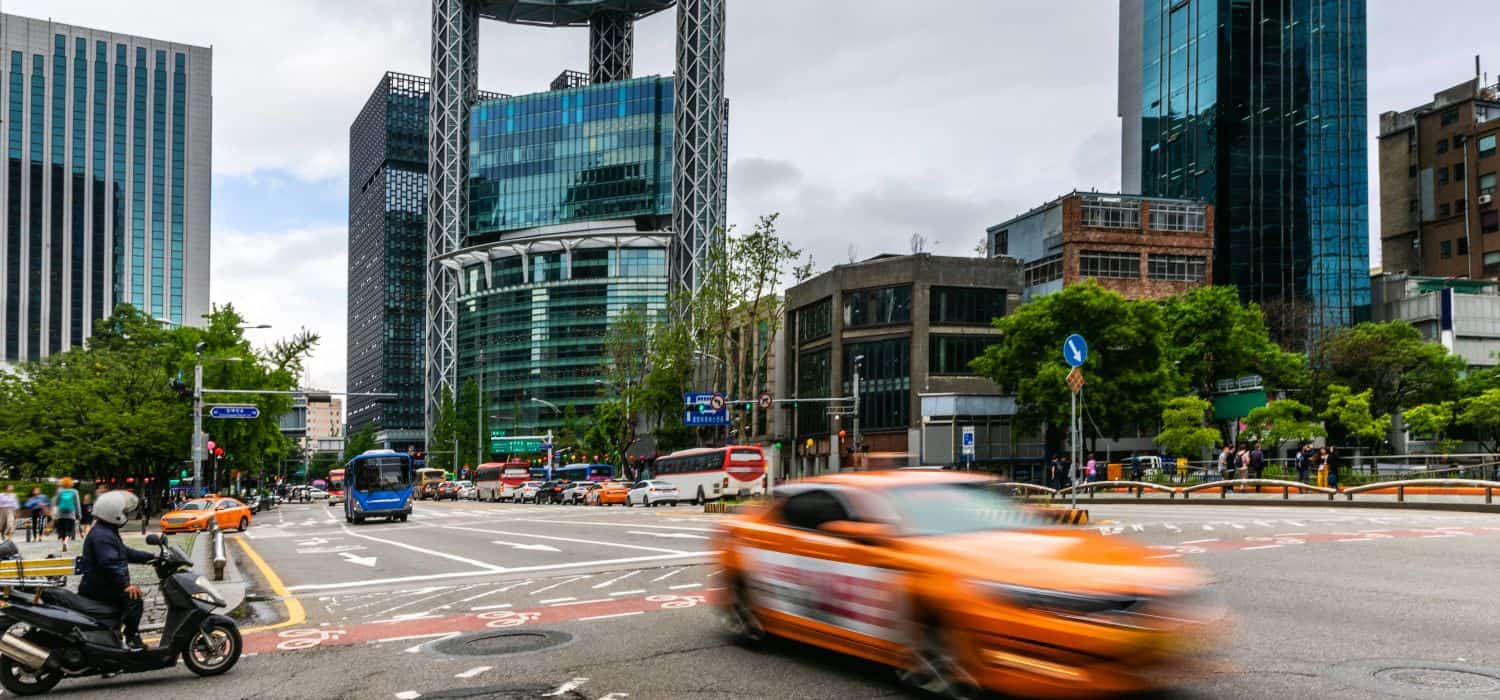
🧳 Travel Insurance and Emergency Services
When traveling to South Korea, consider the benefits of getting travel insurance to cover unexpected occurrences such as accidents, illness, or trip cancellations. You're not required to purchase travel insurance, but it's an advisable step for protecting one's trip expenses and health.
South Korea boasts a sophisticated healthcare system, providing extensive services ranging from routine medical treatments to emergency care. In emergencies, dialing 119 connects individuals to ambulance services, making it crucial to review existing health insurance coverage to understand what services are covered when abroad.
Many find that their current insurance doesn’t cover international medical expenses, emphasizing the importance of additional travel health and medical evacuation insurance.
- Emergency Services
- Call 119 for emergencies.
- Ambulance services are available.
- The healthcare system is accessible for both emergency and non-emergency situations.
- Travel Insurance
- Covers accidents, illnesses, and trip interruptions.
- Travelers are advised to check what their current insurance covers; while some credit cards cover trip insurance, this is not the same as medical travel insurance.
- Travel health and medical evacuation insurance are recommended for comprehensive coverage.
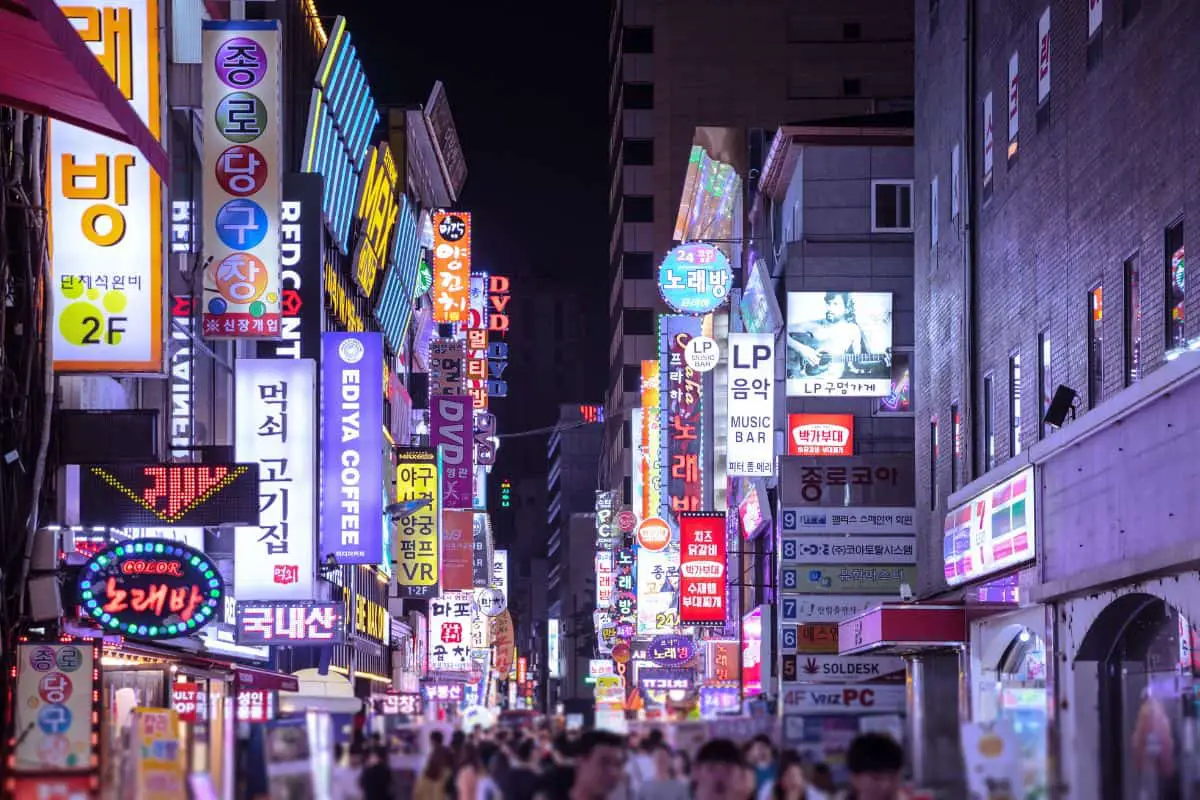
✅ Safety Tips for Specific Groups
Women Travelers
Women traveling to South Korea should maintain awareness of their surroundings, particularly at night or when visiting less crowded areas.
While solo female travelers are generally safe, it's advisable to stay in well-lit areas, avoid isolated spots, and, for peace of mind, consider using taxis designated as 'women-only' services. In my experience, just don't walk around alone and inebriated, and you'll be fine.
Older Adults and Accessibility
Older adults, particularly those with mobility issues, will find South Korea's public transportation somewhat accessible, with features like elevators and ramps widely available, but not at every metro station. Consider just grabbing a taxi if you can't quickly find an entrance to the subway that has an elevator.
However, it should be noted that some historical sites may not be as accessible due to uneven ground, so planning in advance can ensure a smooth experience.
Families Traveling with Children
Families visiting South Korea should know that child safety is a cultural priority, and most places are family-friendly. Be conscious of children's exposure to crowded spaces such as markets or festivals, and consider using child identification wristbands with contact information if you have kids prone to wandering off.
❓ Frequently Asked Questions
Currently, South Korea has eased many of its COVID-19 travel restrictions, but travelers should check the latest guidelines before departure, as these can change rapidly in response to the global health landscape.
Foreign travelers can enter South Korea, but some may need to provide proof of vaccination or a negative PCR test. It remains crucial for visitors to verify entry requirements before traveling, as policies are subject to updates.
South Korea is generally considered one of the safer countries for solo female travelers. They should still exercise standard precautions, such as avoiding less crowded areas at night and keeping valuables secure.
While there is ongoing political tension between South and North Korea, the situation is usually stable. Travelers should stay informed on current affairs and avoid restricted areas near the Demilitarized Zone (DMZ).
Travel advisories are prone to change based on various factors. As of the latest information, there are no severe travel advisories for South Korea, but travelers should always check for the most recent updates before and during their trip.
American citizens are typically allowed to enter South Korea for short-term stays without a visa under the Visa Waiver Program, but will still need a K-ETA applies for at least 3 days before their trip. However, a visa is required for stays beyond 90 days or for purposes other than tourism or business.

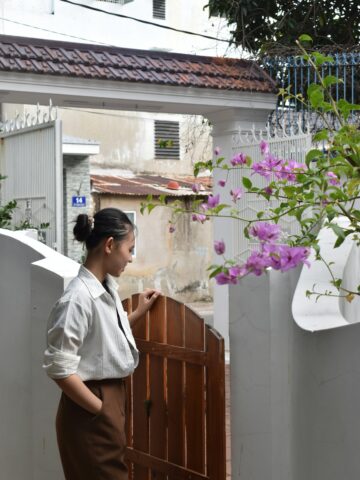
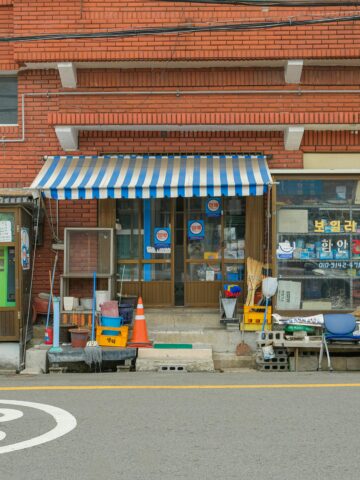
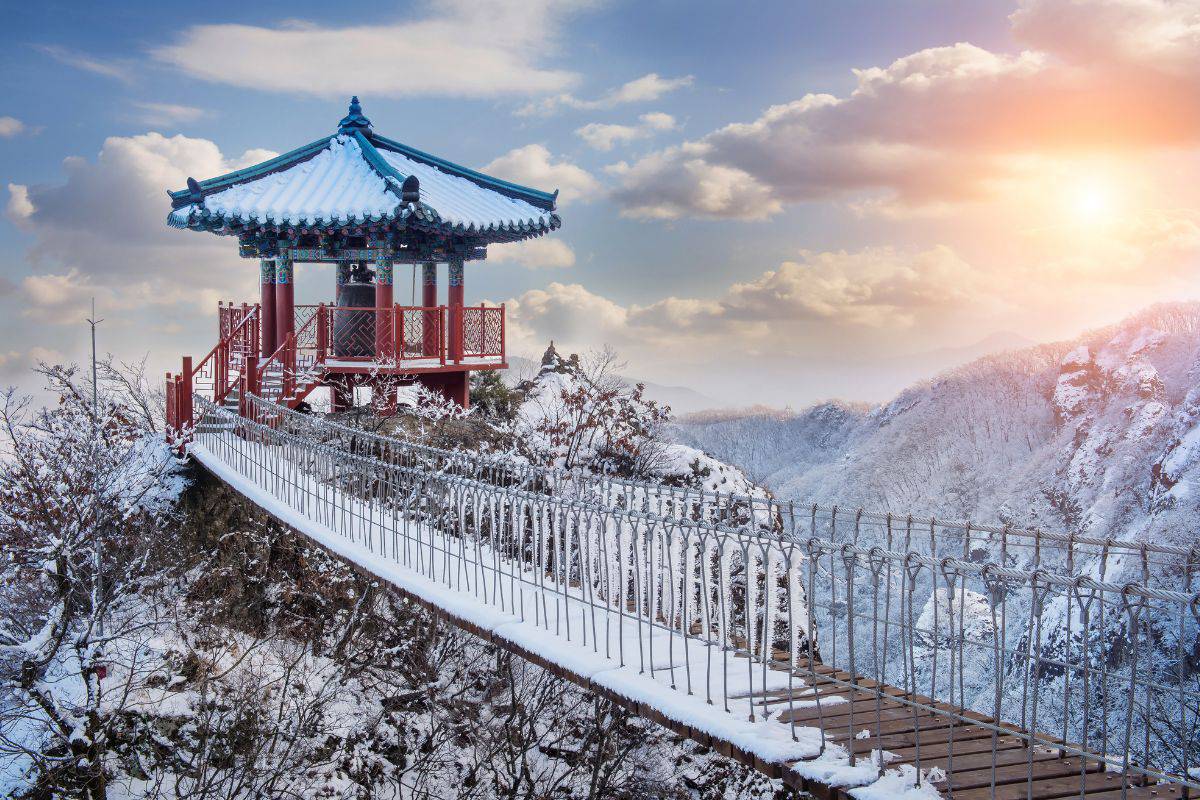
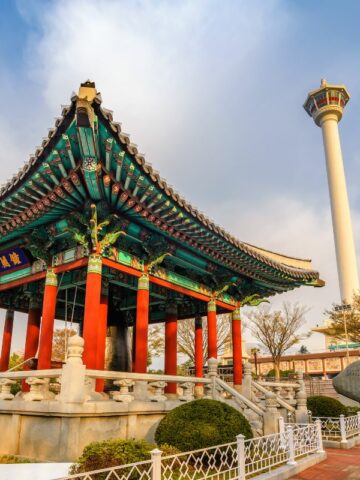
Comments
No Comments